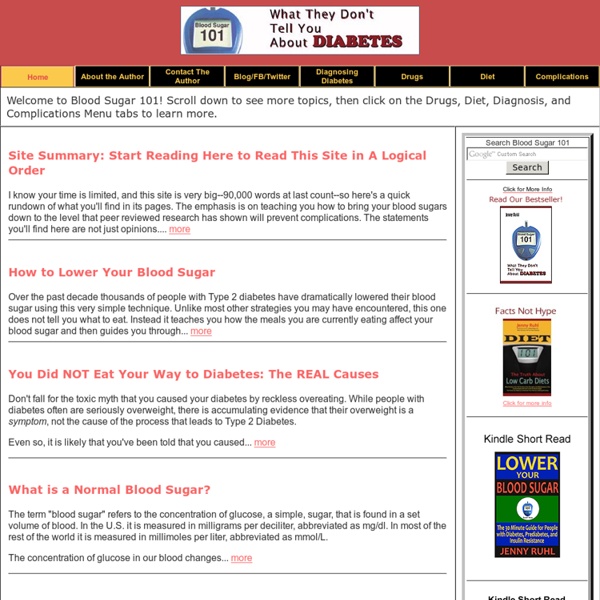



AACE Glycemic Index This is the definitive table for both the glycemic index and the glycemic load. I am able to reproduce it here courtesy of the author, Professor Jennie Brand-Miller of the University of Sydney. It is based on a table in different format but no more foods published December 2008 in Diabetes Care. However, only the abstract is free online there. GI of 55 is low; GL of 10 is low. This table includes the glycemic index and glycemic load of more than 2,480 individual food items. The glycemic index (GI) is a numerical system of measuring how much of a rise in circulating blood sugar a carbohydrate triggers–the higher the number, the greater the blood sugar response. The glycemic load (GL) is a relatively new way to assess the impact of carbohydrate consumption that takes the glycemic index into account, but gives a fuller picture than does glycemic index alone. Foods that have a low GL almost always have a low GI. Both GI and GL are listed here. Glycemic Index & Glycemic Load Rating Chart
Cooks Recipes Being on a restricted diet doesn't always mean you can't enjoy your favorite foods! A collection of diabetic-friendly recipes for sugar and carb-restricted diets. Find recipes for a variety of appetizers and snacks, beverages, breads, muffins, sweet buns, cookies, brownies, scrumptious desserts, pies, salads and salad dressings, sauces, condiments, soups and stews, side dishes and hearty entrées — including a special category of recipes created by well-known professional chefs. Salmon Pinwheel Salad Diners will marvel at these charming pinwheels -- they look like they require more effort than they actually do. Lemon-Orange Walnut Bread You'll love this fragrant and delightful combination of lemon and orange that's perfect with tea. Mango Mojito Pie This cool pie is a takeoff on the popular Cuban drink that combines the flavors of lime and rum. Diabetic Recipe Collections: Diabetic-Related Article to Read: Stepping Out For Spring?
WebMD Diabetes Center Type 2 Diabetes Overview Type 2 diabetes, once called non-insulin-dependent diabetes, is the most common form of diabetes, affecting 90% to 95% of the 26 million Americans with diabetes. What Is Type 2 Diabetes? Unlike people with type 1 diabetes, the bodies of people with type 2 diabetes make insulin. Flu Trends Skip to content Thank you for stopping by. Google Flu Trends and Google Dengue Trends are no longer publishing current estimates of Flu and Dengue fever based on search patterns. The historic estimates produced by Google Flu Trends and Google Dengue Trends are available below. Sincerely, The Google Flu and Dengue Trends Team. Google Flu Trends Data: You can also see this data in Public Data Explorer Flu Trends model updates for the United States The model was launched in 2008 and updated in 2009, 2013, and 2014. Google Dengue Trends data